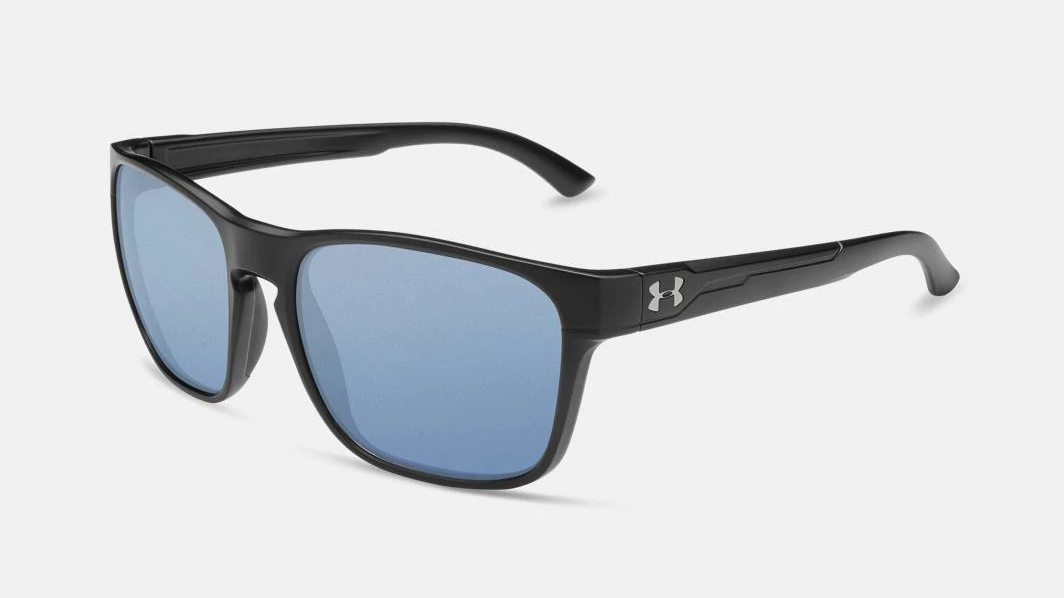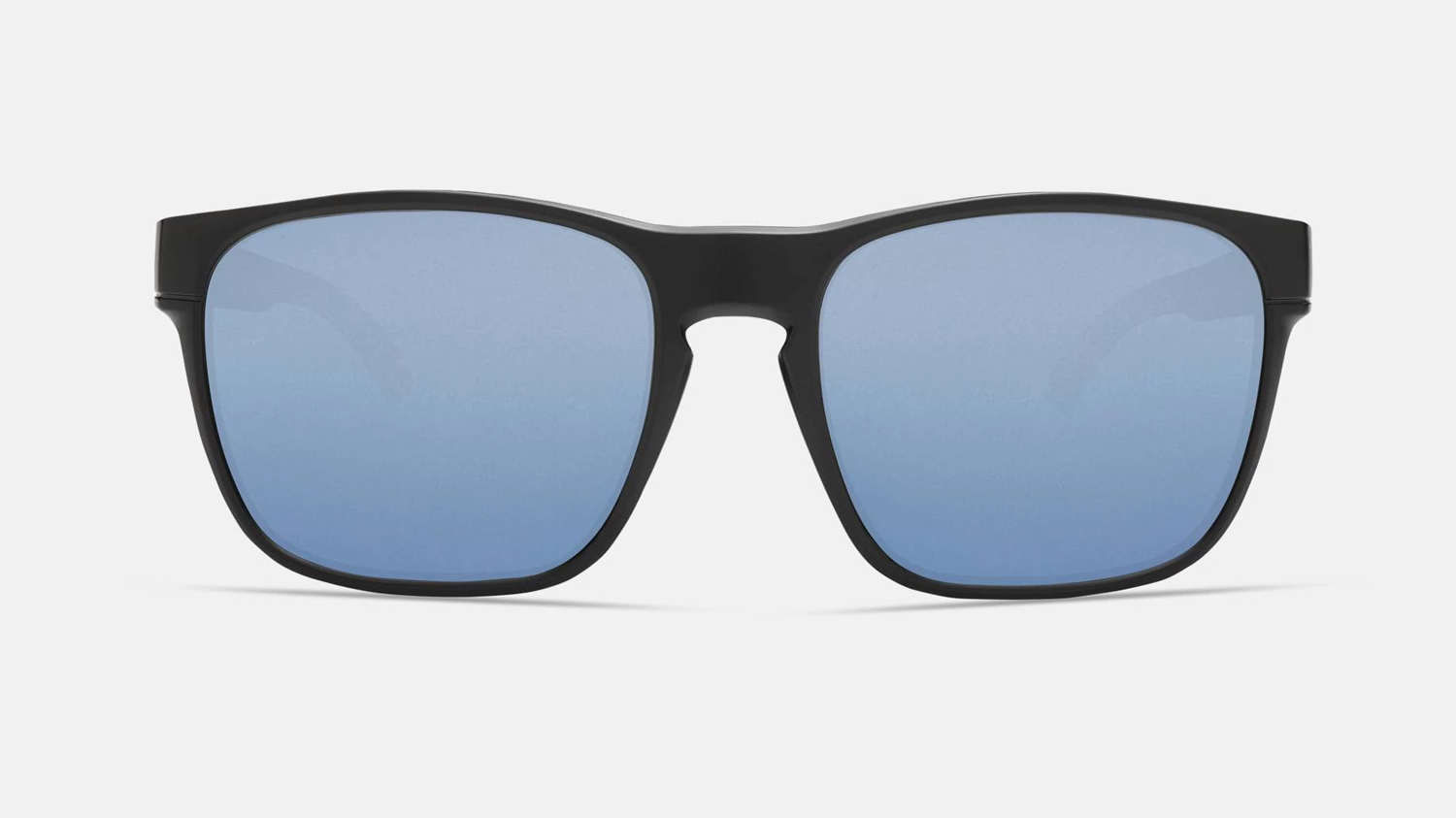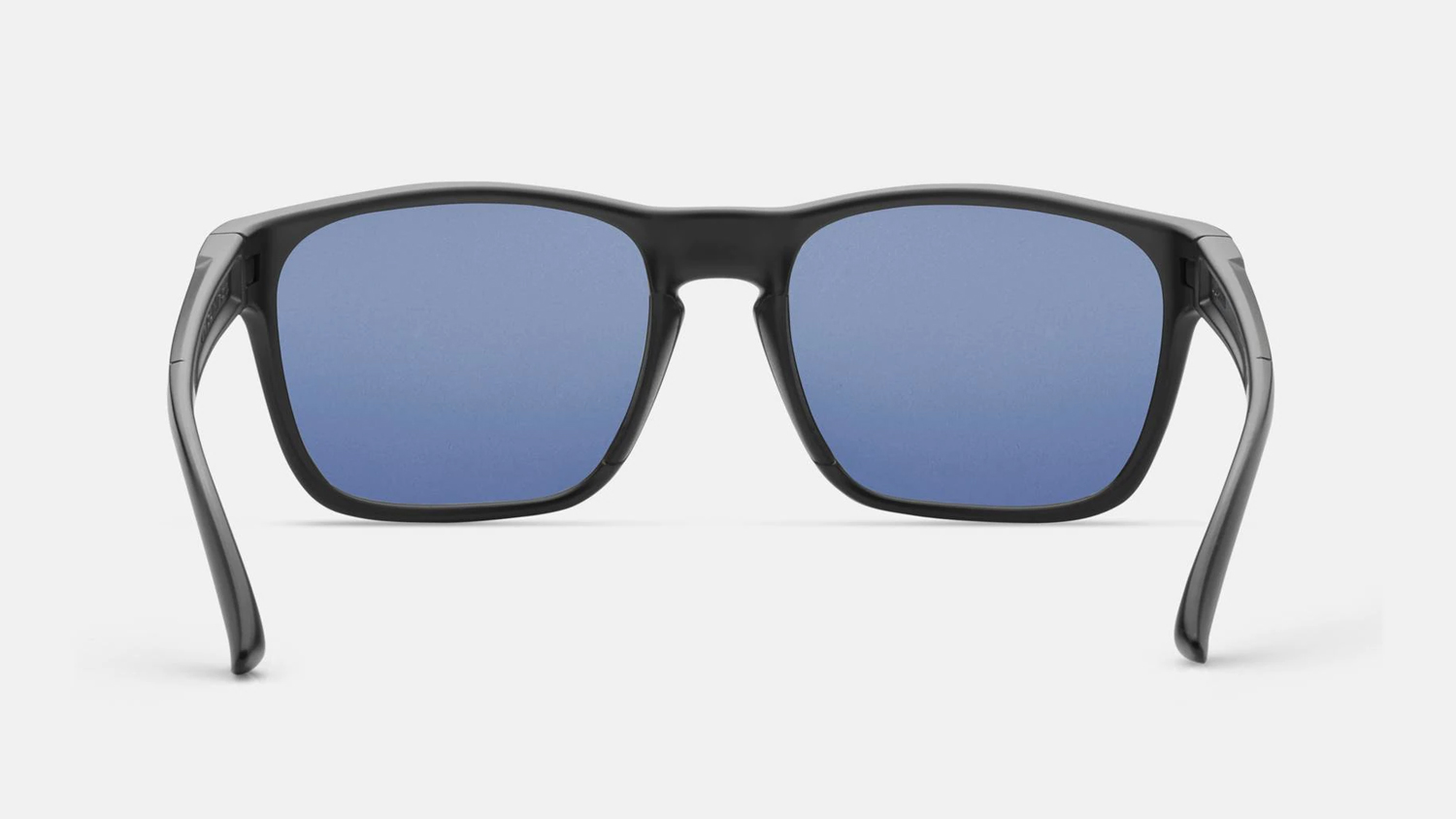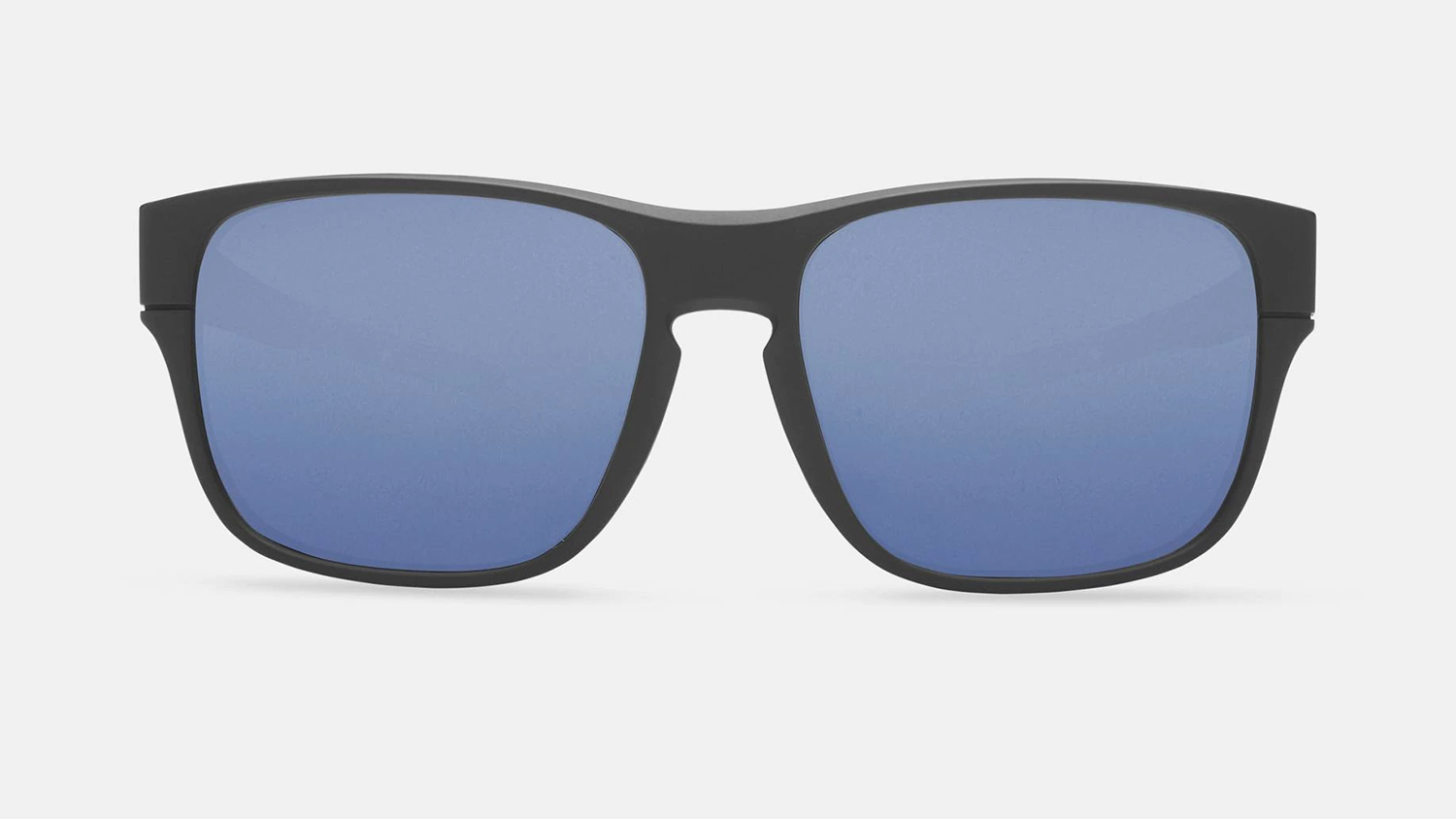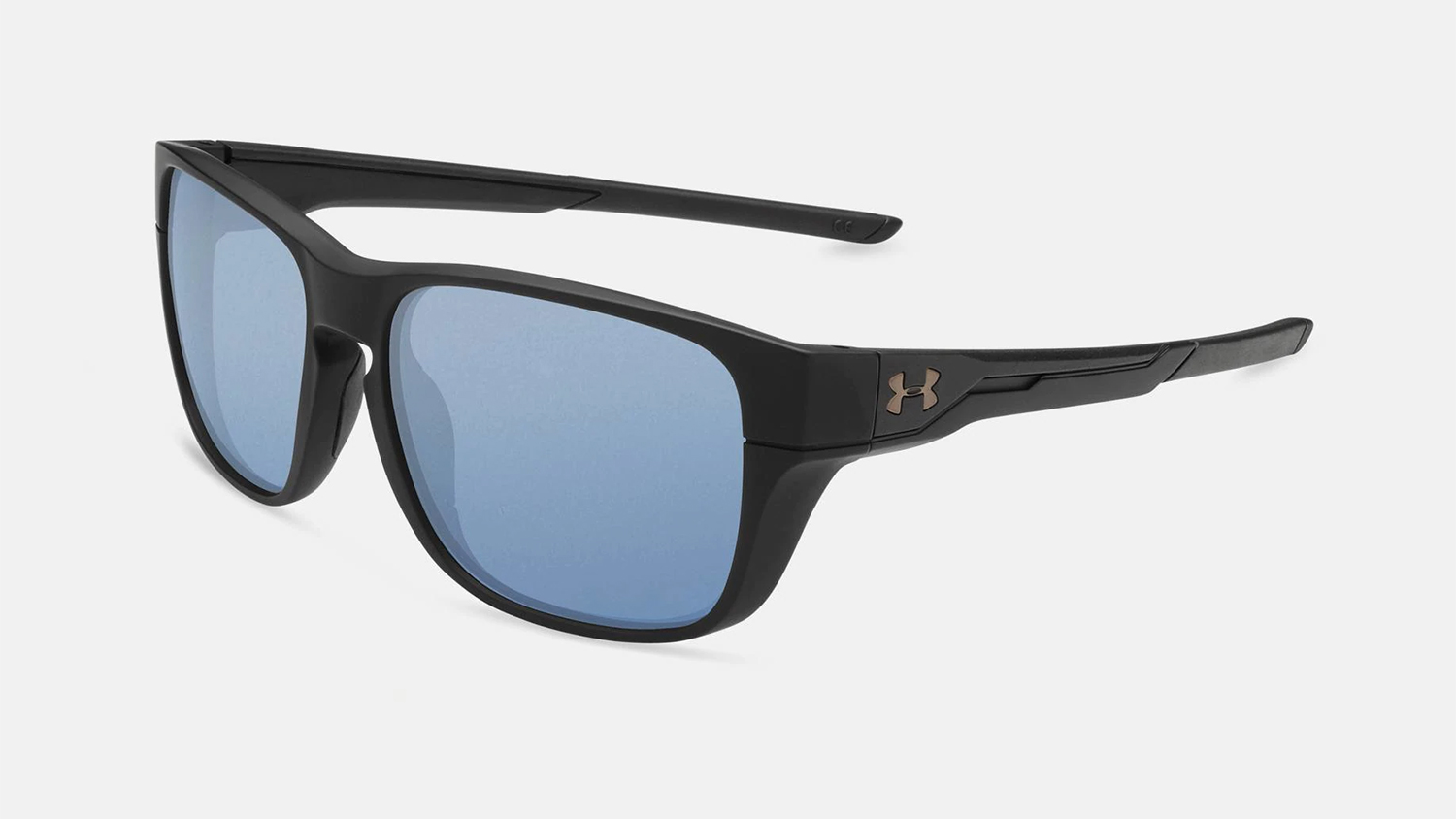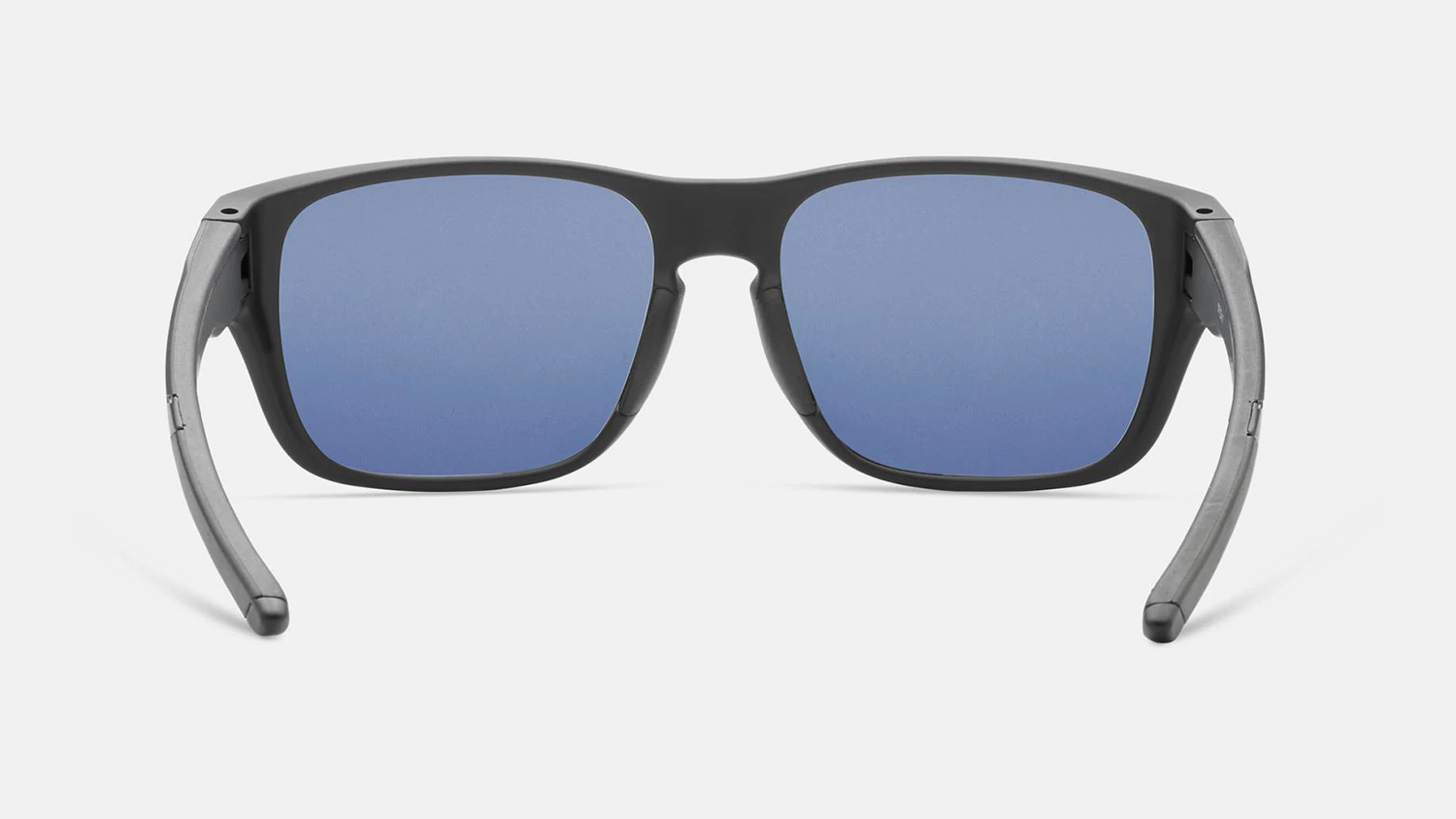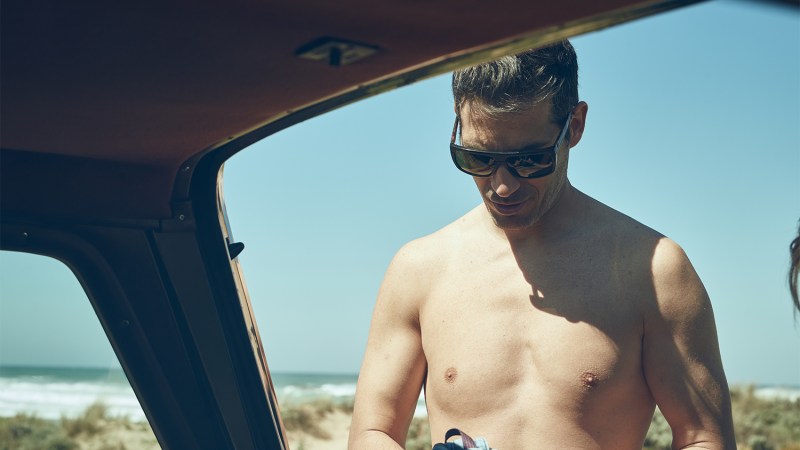
If you’ve ever gone trail running, hiking, golfed all day, or taken a brutal CrossFit class, you’ll know all types of exercise involve intense eye focus. In fact, that’s how the entire body follows from.
On the heels of the bizarre recovery pajamas (modeled by UA athlete Tom Brady of the New England Patriots), it seems the Baltimore-based sportswear company is doubling down on the category of recovery. After all, if you work out as hard as Dwayne “The Rock” Johnson, everything hurts afterward.
Under Armour launched a new pair of sunglasses, UA Tuned, with blue lens technology that should help the wearer’s eyes recover from a long workout. The glasses are available in two models, the Glimpse and Pulse, retailing between $110-125.
If the price tag is an indicator of anything, it’s that this recovery lens technology is nothing short of a scientific marvel. Somewhat skeptical, The Manual tried a pair of the UA Tuned after both a long mountain run and indoor HIIT class. They worked shockingly well on both occasions.
Not as tinted as an ordinary pair of sunglasses so as to allow blue light to filter in, UA Tuned provides a cool blue filter. This tech uses a proprietary and restorative color profile that eliminates harmful violet light and allows helpful blue light to regulate natural circadian rhythms and eye relaxation, not to mention the other health benefits.
ZEISS created the lens solution for the UA Tuned glasses by pulling from two scientific concepts: 1) the effects of blue light on the eyes and 2) chromotherapy, a fancy word for the effects of blue light on the body and mood.
In ZEISS’ official research and findings report for UA Tuned, the company says,“Recent studies show that blue light plays also an important role in several important elements of health and wellbeing … [it] regulates the melatonin hormone in the body which influences circadian rhythms and therefore may affect sleep patterns.”
Blue light is a high-energy visible light, meaning its very similar to non-visible UV rays. While too much blue light has the potential to cause retinal damage (the equivalent of saying too much protein can increase your risk of kidney damage), ZEISS sought to find the right balance of blue light with a lens that filters the most harmful wavelengths out while keeping the benefits of blue light coming to the eye. As a result, UA Tuned glasses are really two lenses pressed into one.
“Blue color is associated with calm, security, and peace,” says the ZEISS report. Along with positive psychophysiological effects, blue light reduces blood pressure, calms both breathing and heart rate, has anti-inflammatory and muscle relaxing effects, and fights both physical and mental tension, according to research done in the 1950s. For comparison, red light has the opposite effect and is associated with tension, as well as increased heart rate and breathing.
But are the UA Tuned worth the price of a new pair of Ray Bans or any of these awesome summer sunglasses? I don’t know, do you want to beat your summit time? Hit a hole in one? Fall asleep easier after a hard workout?
I’ll let you answer for yourself.
